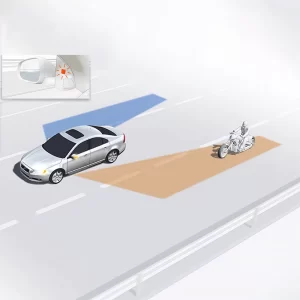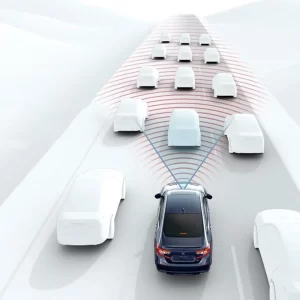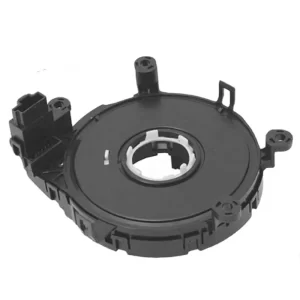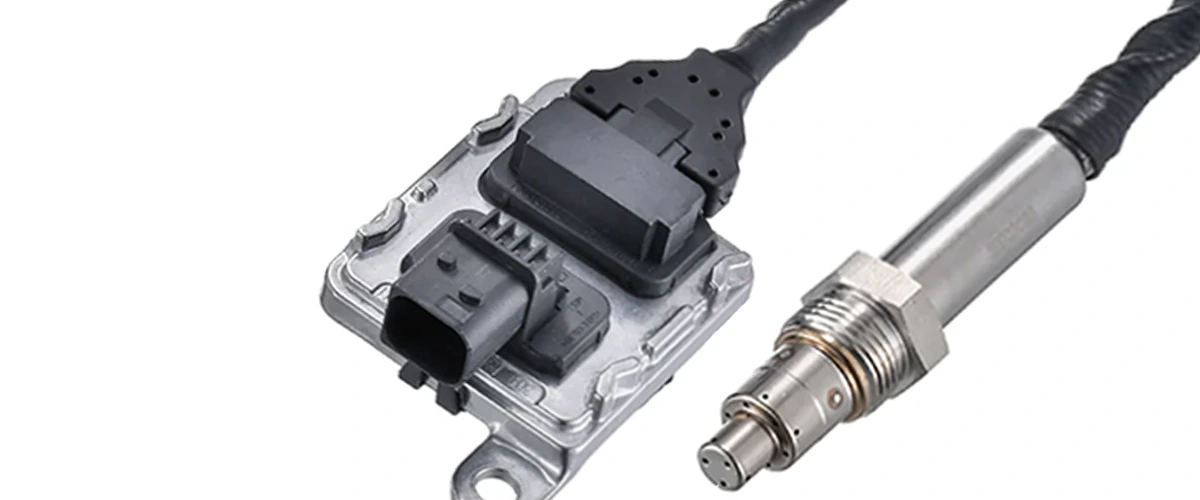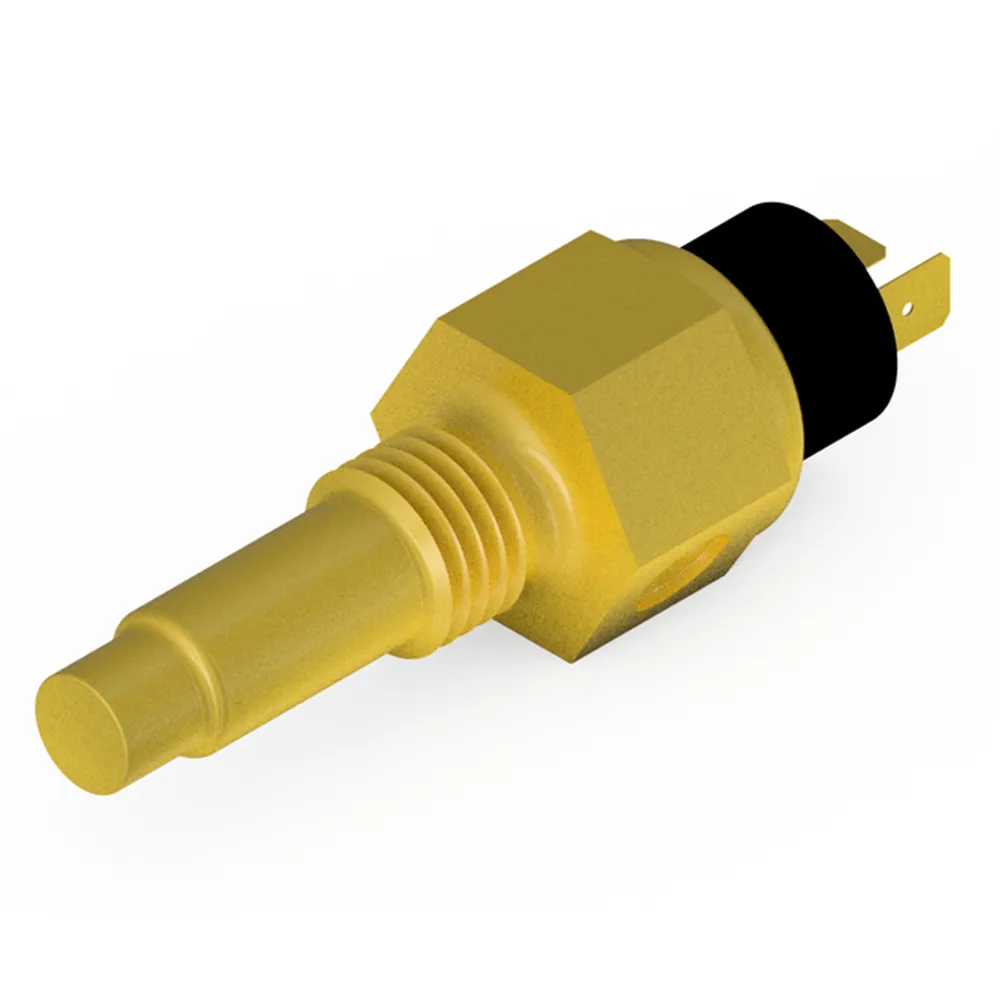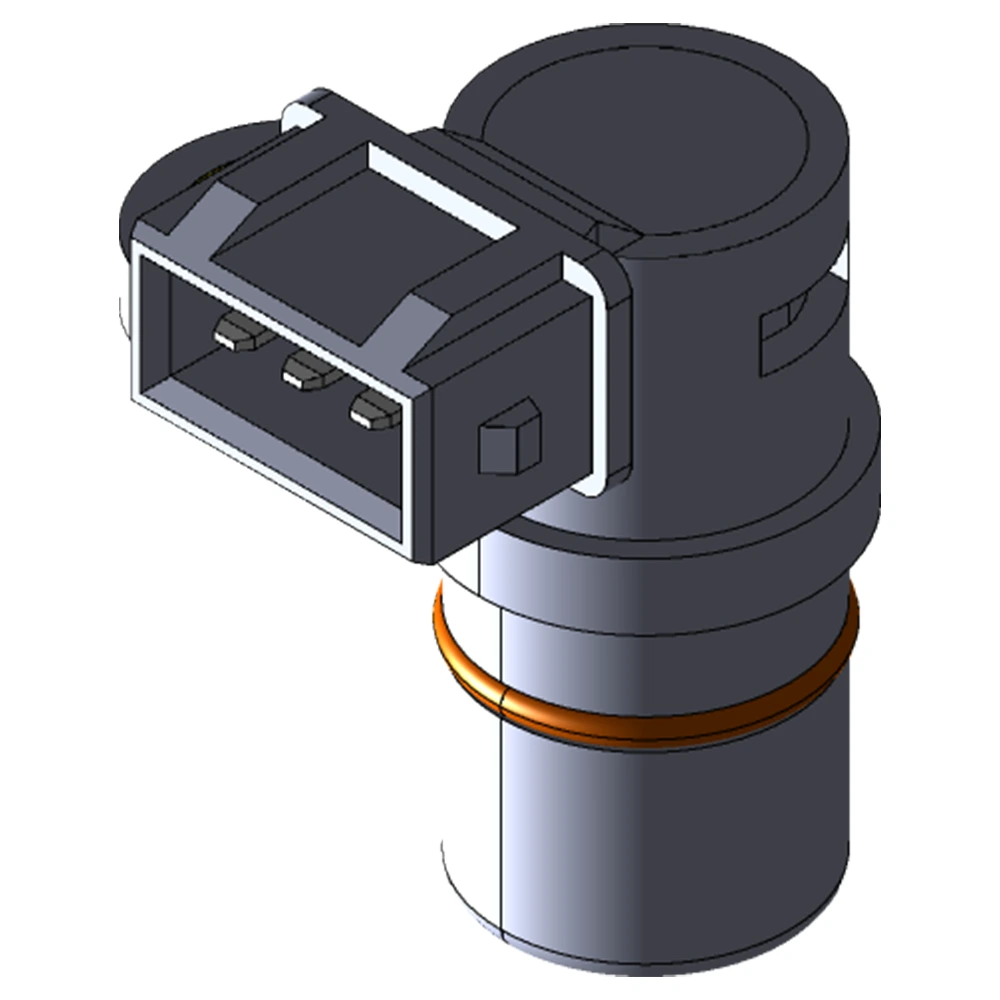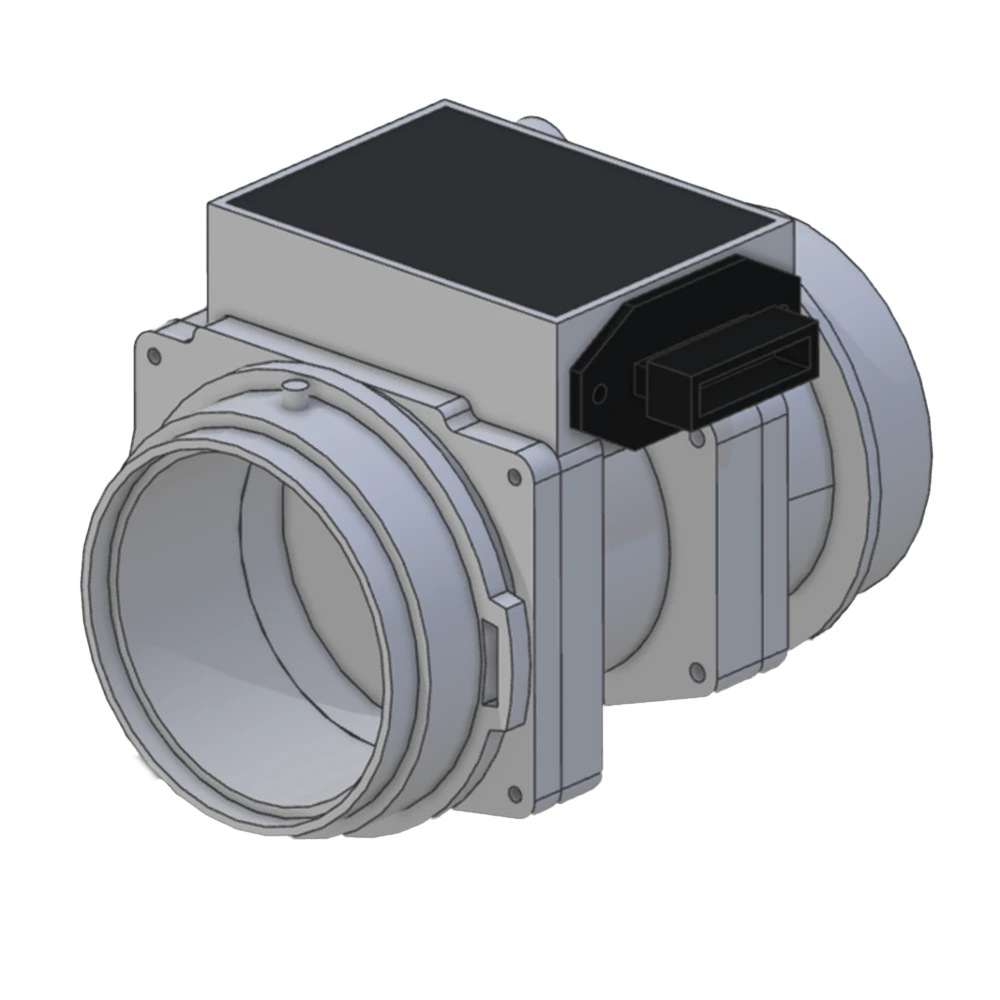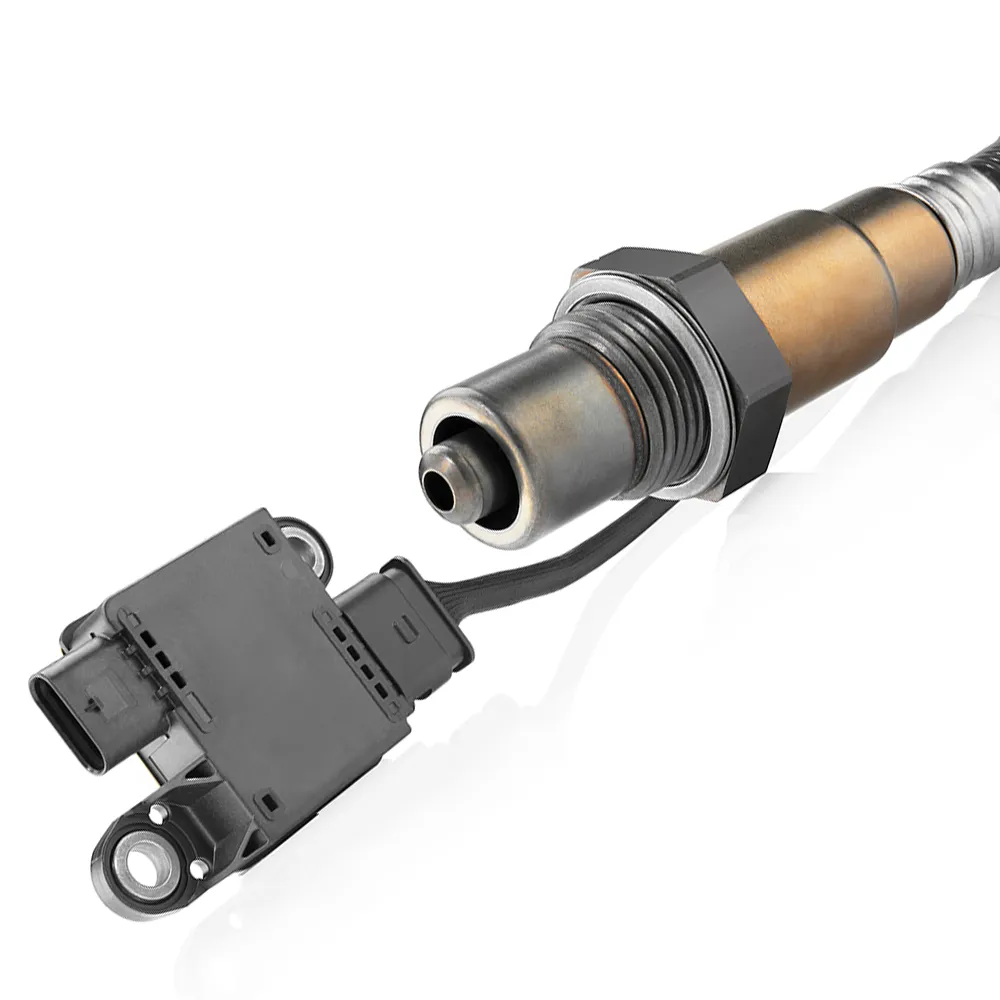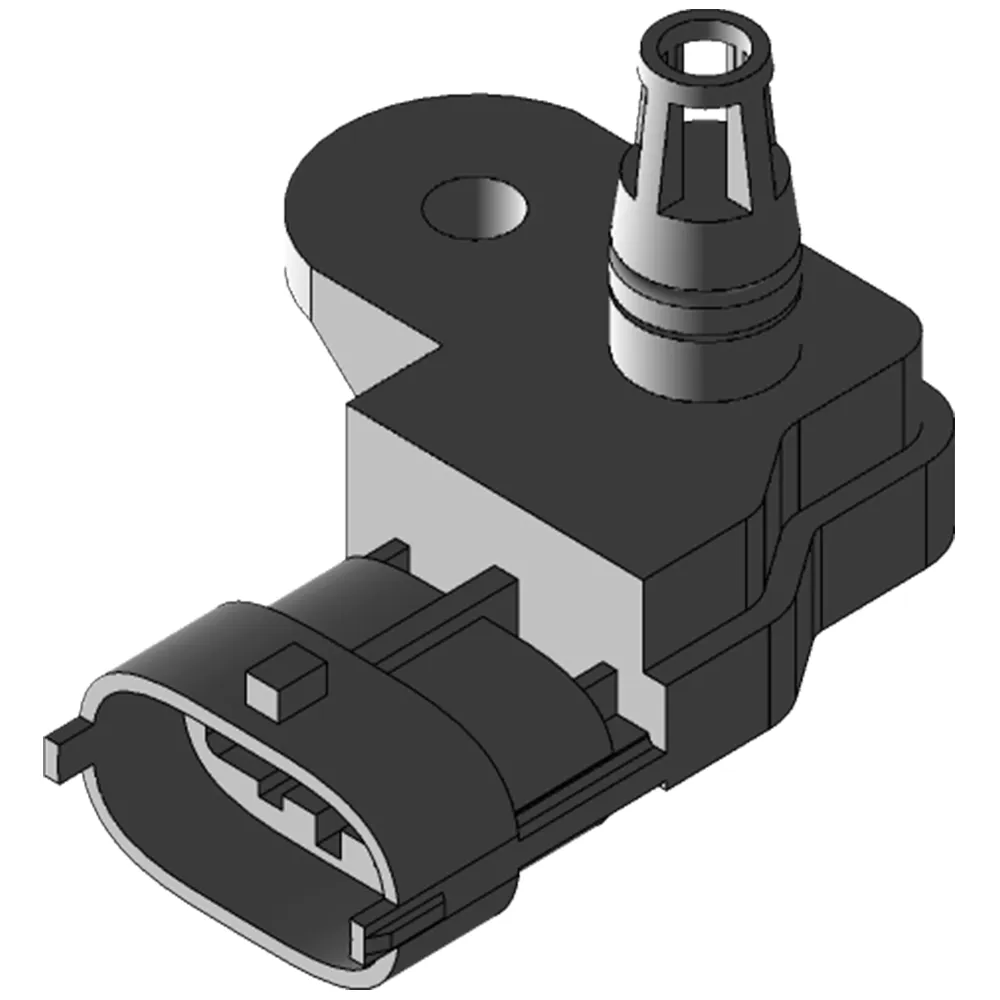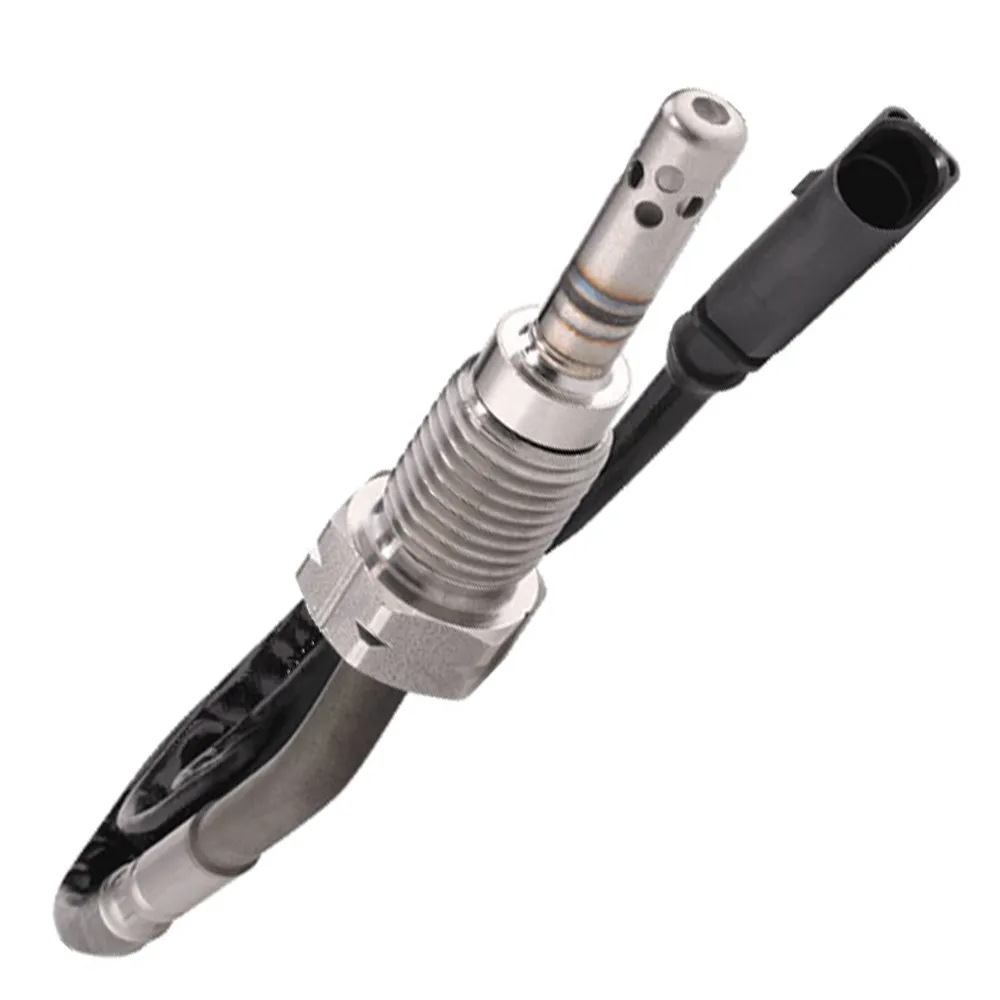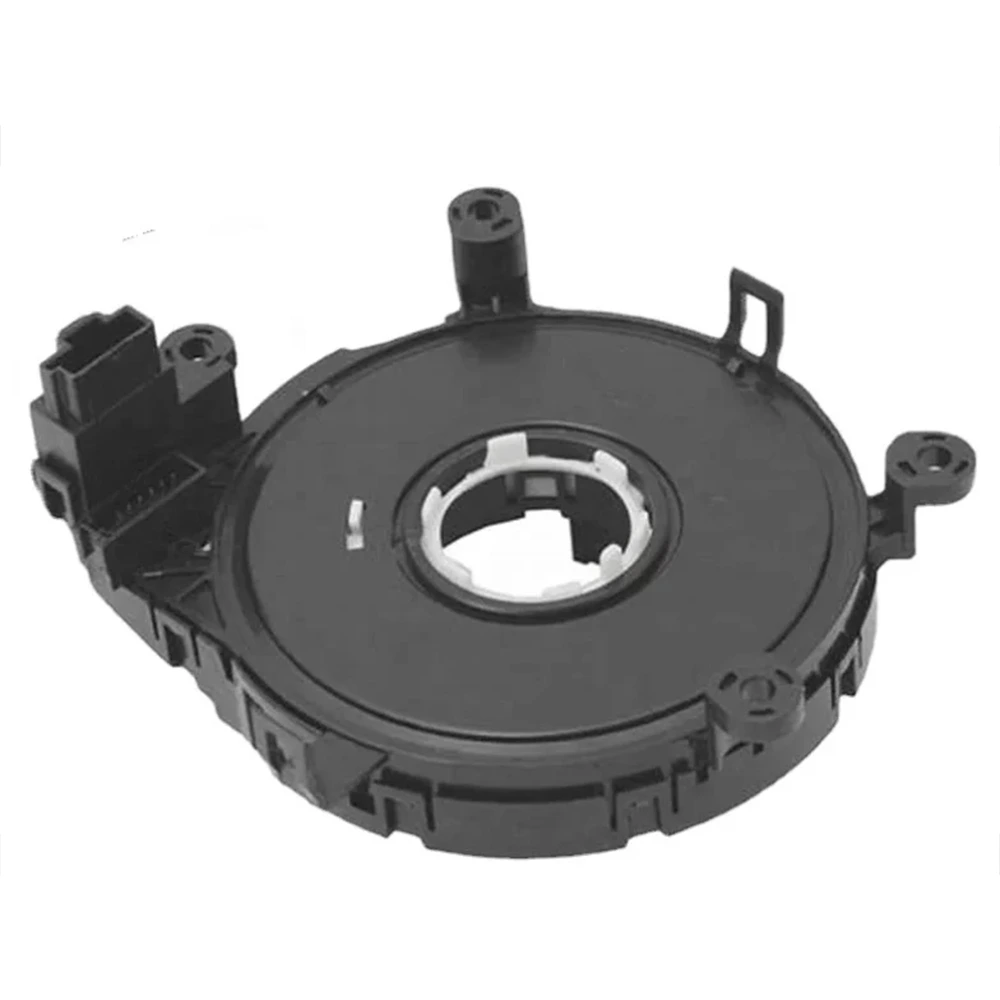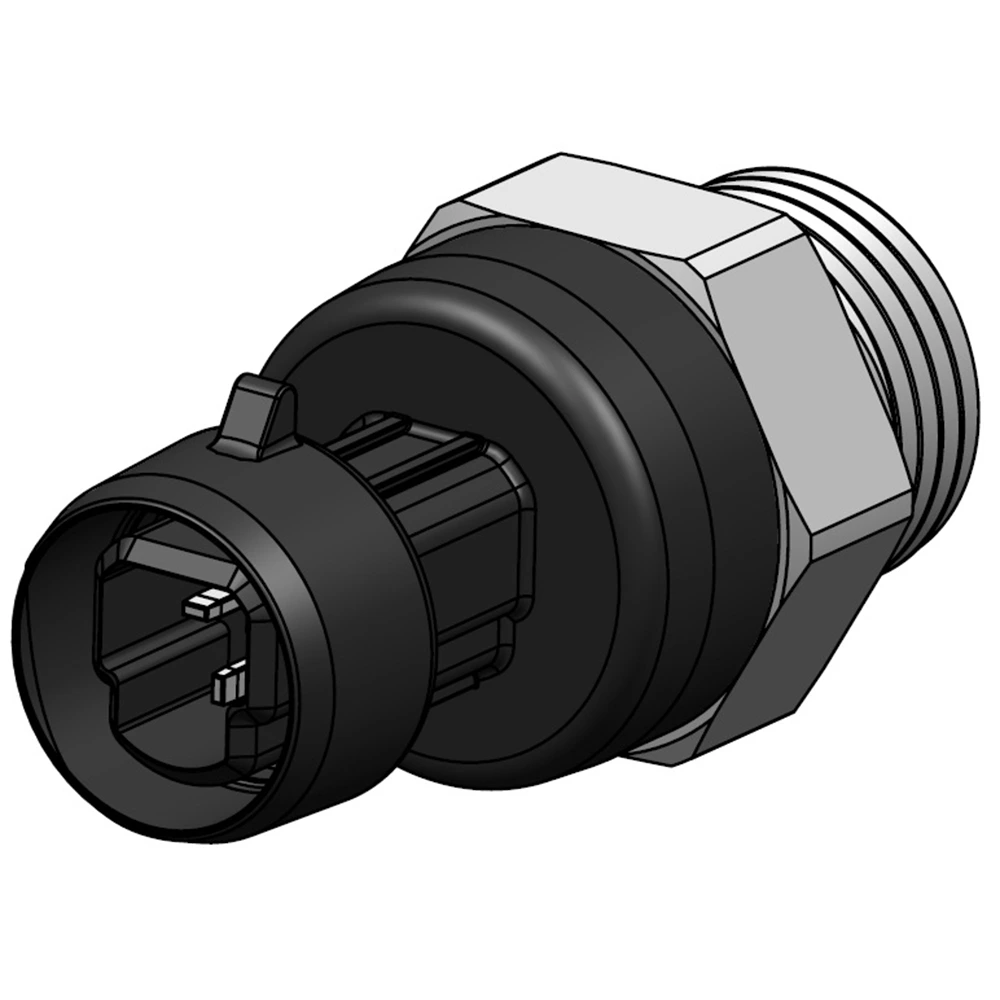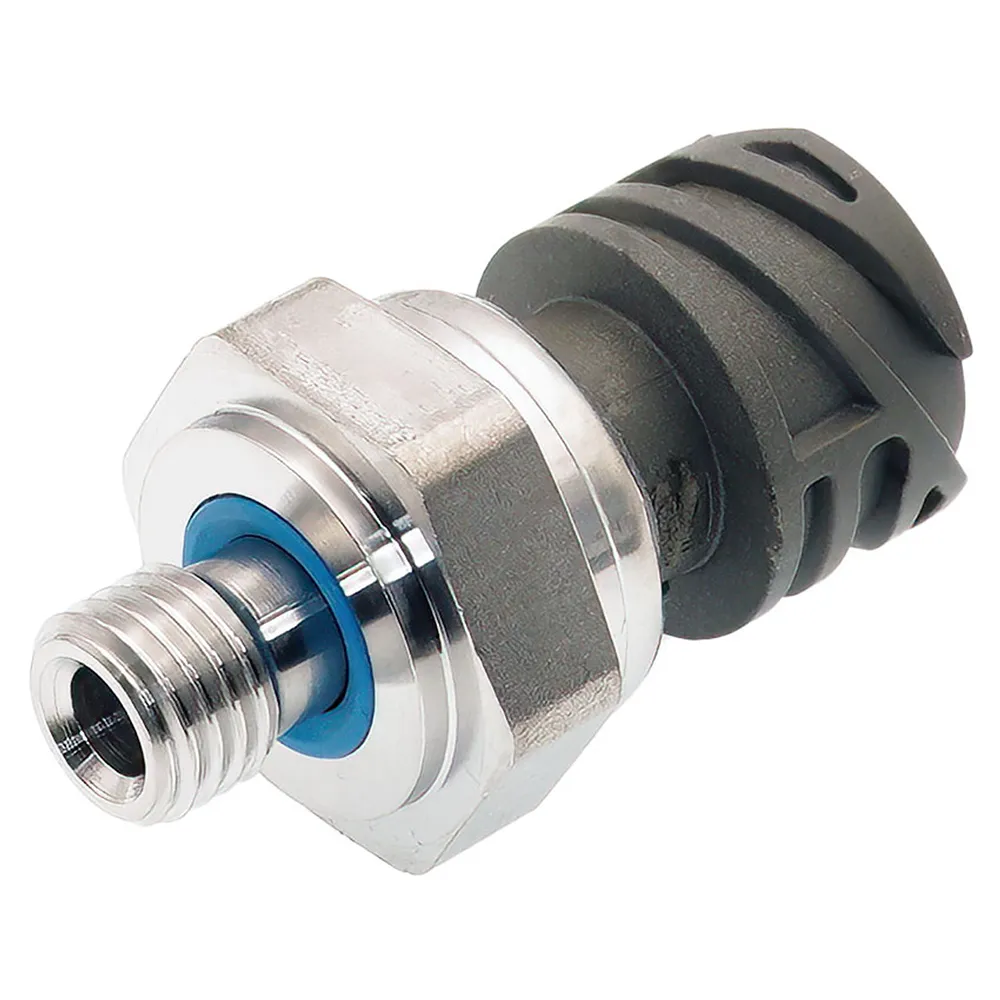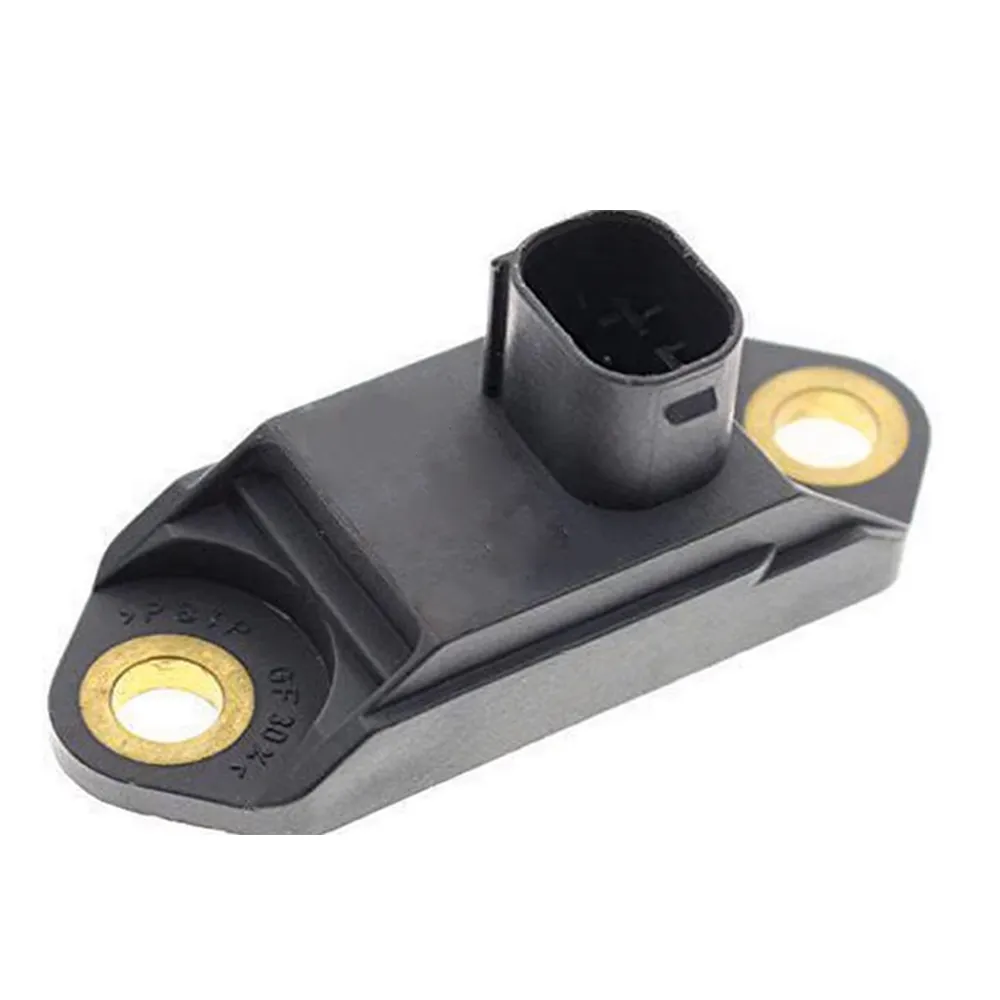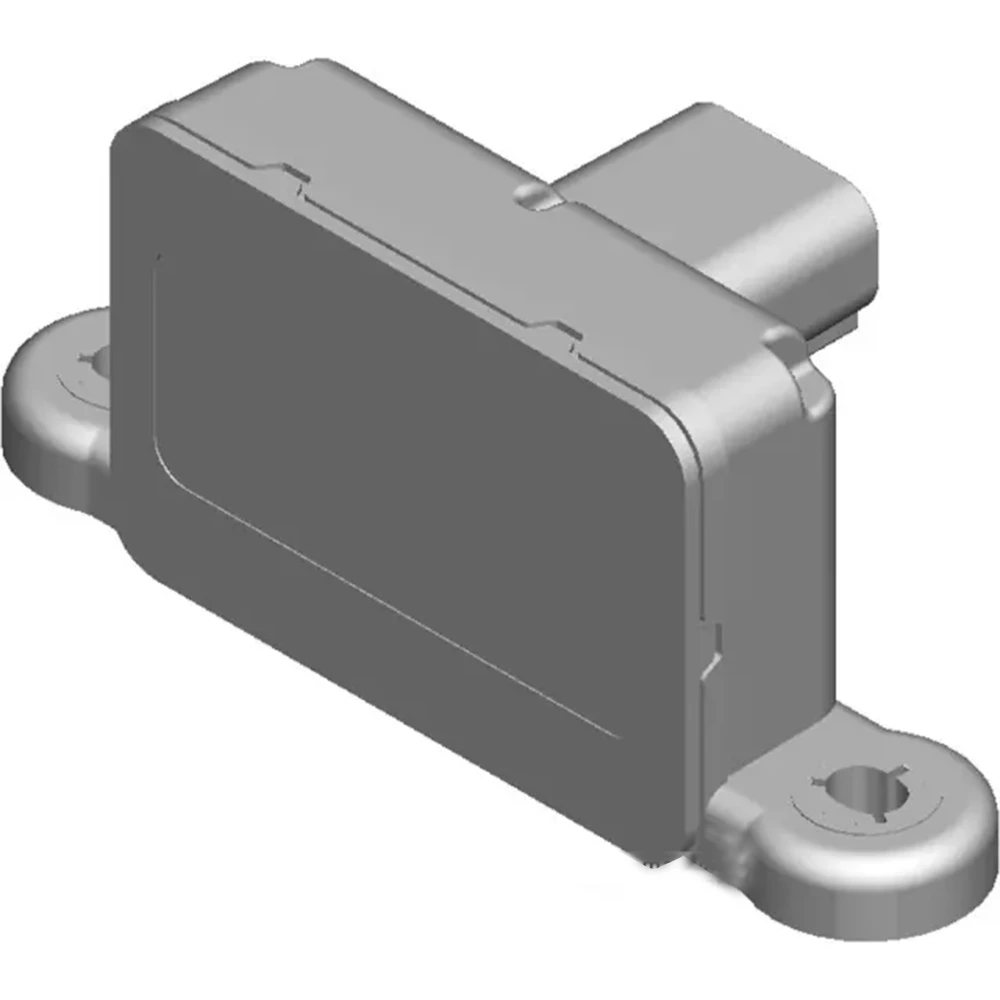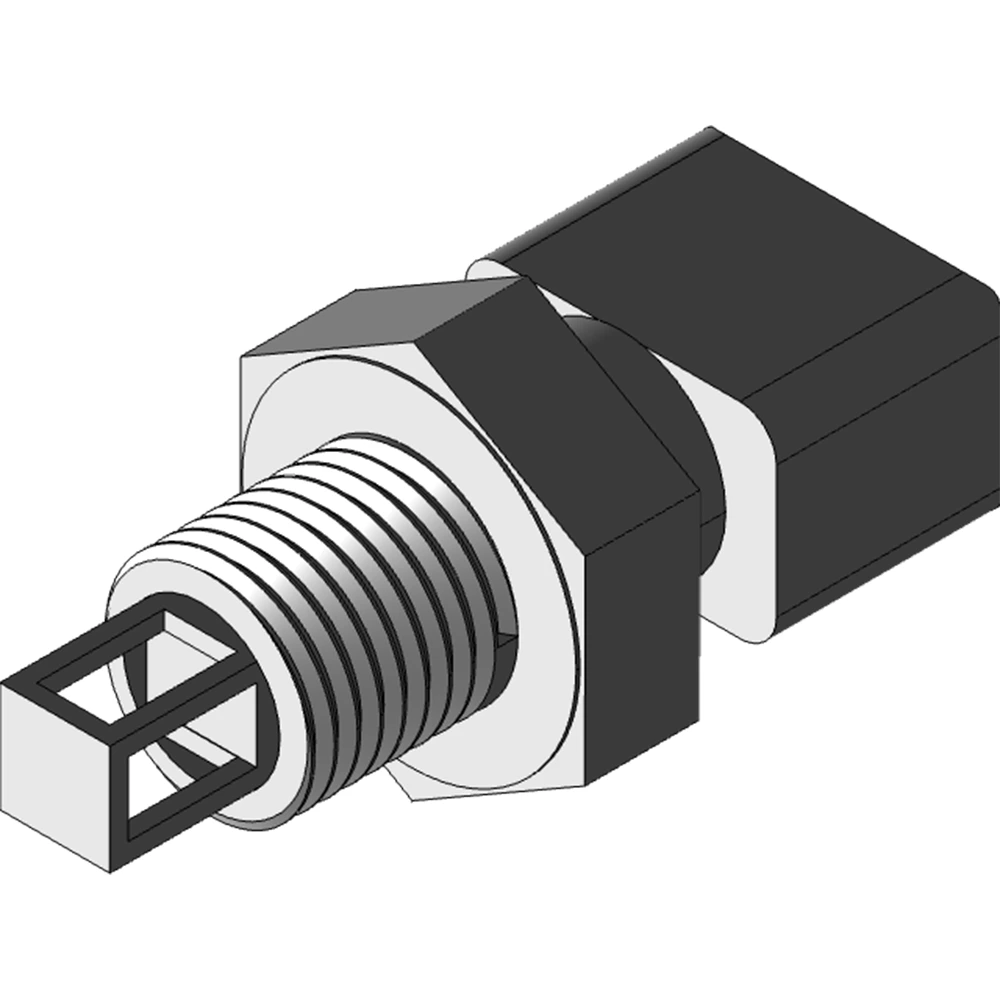ADAS (Advanced Driver Assistance Systems) is a series of intelligent systems that assist drivers to improve driving safety and comfort through technologies such as sensors, cameras, radars, and algorithms. The following is the classification, functions, and purchase recommendations of ADAS products to help you quickly understand and choose the right product.
ADAS core functions and corresponding product
- Anti-Lock Brake Systems (ABS)
- Electronic Stability Program (ESP)
- Automatic Emergency Braking (AEB)
- Emergency Brake Assist (EBA)
- Adaptive Cruise Control (ACC)
- Blind Spot Detection (BSD)
- Forward Collision Warning (FCW)
- Lane Departure Warning (LDW)
- Lane Keep Assist (LKA)
- Lane Change Assistance
- Intelligent Speed Assistance/Adaptation (ISA)
- Traffic Sign Recognition (TSR)
- Adaptive Headlights
- Tire Pressure Monitoring Systems (TMPS)
- Night Vision
- Parking Assistance
- Driver drowsiness
Anti-Lock Brake Systems (ABS)
ABS, now a factory-installed feature on most vehicles, detects when one wheel slows more than the others under hard braking and quickly cycles the brakes until wheel speeds equalize, ensuring no wheel locks.
Electronic Stability Program (ESP)
Also called Electronic Stability Control (ESC), ESP helps prevent skidding by automatically braking individual wheels and reducing engine torque whenever it senses understeer, oversteer, a sudden evasive turn, or a change in surface grip. It’s vital that any add-ons—like a tow bar—are correctly installed and calibrated. When you hitch a trailer or caravan, the system recalibrates itself to account for the extra weight and its distribution.
Automatic Emergency Braking (AEB)
The Automatic Emergency Braking (AEB) system is an advanced version of the collision warning system. Its core function is to monitor the road environment ahead (such as vehicles, pedestrians, and obstacles) in real time through sensors. When the risk of collision is about to occur, it can automatically trigger braking or steering intervention without driver operation to reduce the intensity of the collision or completely avoid the accident.
Emergency Brake Assist (EBA)
The Emergency Brake Assist (EBA) system monitors the braking status in real time through an accelerometer, front radar or ultrasonic sensor. Once it determines that an emergency braking situation has occurred but detects that the driver’s pedal force is insufficient, it will automatically intervene and work with the ABS to further increase the braking force and shorten the braking distance.
Adaptive Cruise Control (ACC)
Based on ordinary cruise control, Adaptive Cruise Control (ACC) uses radar or camera to monitor the speed of the vehicle ahead in real time, and automatically adjusts the throttle and brakes to keep the set safe distance between the vehicle and the vehicle ahead, reducing fatigue from long-distance driving and enhancing driving safety.

Blind Spot Detection (BSD)
Use radar or ultrasonic sensors to scan the blind spots on both sides and rear of the vehicle in real time. When other vehicles enter the blind spots, the driver will be reminded through dashboard indicator lights or steering wheel vibrations to reduce the risk of blind collisions when changing lanes.

Forward Collision Warning (FCW)
The system monitors the distance and relative speed of the vehicle in front by using the front radar and camera. When the system determines that there is a risk of collision, it will issue a sound or visual warning to remind the driver to slow down or brake in time.
Lane Departure Warning (LDW)
By using the on-board camera to identify the position of lane lines, if the vehicle deviates from the lane without turning on the turn signal, the system will vibrate the steering wheel or prompt the instrument panel to remind the driver to correct the direction.
Lane Keep Assist (LKA)
Based on the warning issued by LDW, LKA can automatically make small corrections to the steering wheel to help the vehicle stay in the center of the lane, reducing fatigue and the risk of deviation during long-term cruising.
Lane Change Assistance
The system monitors vehicles in adjacent lanes and blind spots. When the driver turns on the indicator to change lanes and detects oncoming vehicles or obstacles, it will issue a warning or briefly brake to prevent a collision when changing lanes in the blind spot.
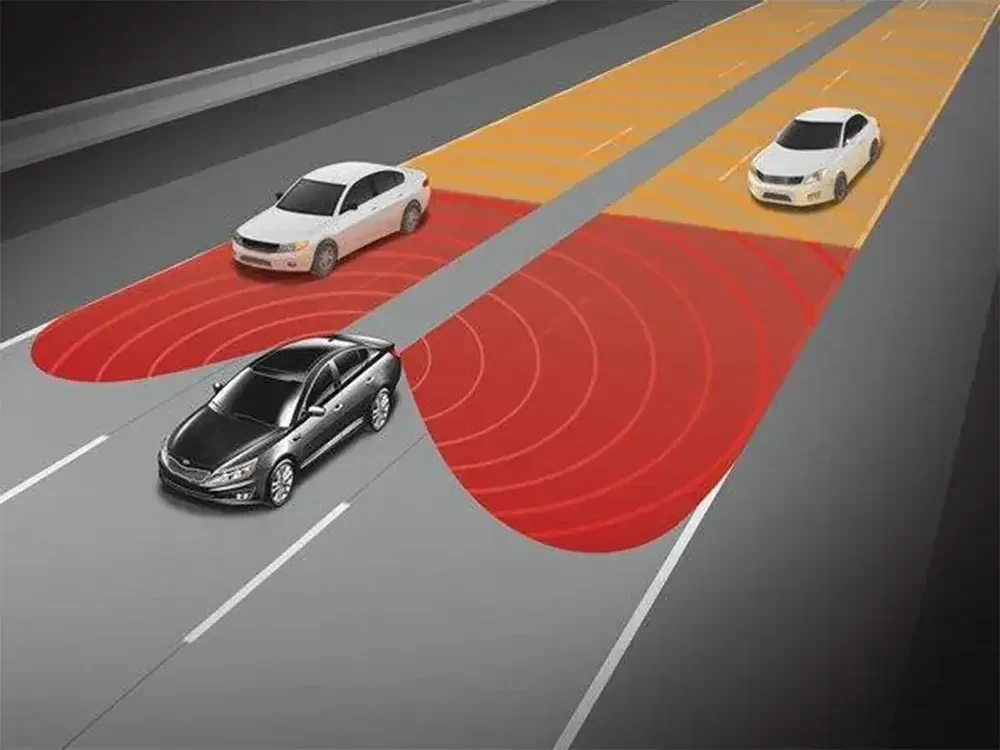
Intelligent Speed Assistance/Adaptation (ISA)
By identifying road speed limit signs and GPS data, it automatically reminds or intervenes in throttle response to prevent the vehicle from speeding and maintain the legal speed within the set range.
Traffic Sign Recognition (TSR)
The front camera is used to scan and identify traffic signs such as speed limit, no driving, and no overtaking, and the current road rules information is displayed in real time on the dashboard to assist the driver in complying with traffic regulations.
Adaptive Headlights
Automatically adjust the range and direction of low/high beam lighting according to vehicle speed, steering angle and road environment, optimize the lighting angle when driving on curves or at high speeds, and improve night visibility.
Tire Pressure Monitoring Systems (TMPS)
Through the built-in or external pressure sensors in each tire, the tire pressure and temperature are monitored in real time. When the tire pressure is abnormal or the temperature is too high, an alarm will be quickly issued on the dashboard to reduce the risk of tire blowout.
Night Vision
Use infrared thermal imaging cameras to capture the thermal radiation of pedestrians, animals or obstacles ahead, and project the image onto the head-up display or instrument panel at night or in low visibility to identify potential dangers in advance.
Parking Assistance
Ultrasonic sensors or cameras are used to scan obstacles around the vehicle in real time, and the driver is guided to adjust direction and speed through sound or visual prompts based on the distance of the obstacles. Some systems can also automatically control the steering wheel, accelerator and brakes to achieve semi-automatic or fully automatic parking.
Driver drowsiness
The system monitors the driver’s head posture, blinking frequency and micro-expressions, as well as subtle changes in steering wheel operation, through in-car cameras or steering wheel sensors. When signs of fatigue or distraction are detected, sound, vibration or visual warnings are issued to remind the driver to take a break.
ADAS systems are classified as levels 1 – 5 by the Society of Automotive Engineers, the following is a guide to those levels.
| Level | Definition | Guidelines |
| 0 | No automation | Driver warning or minor intervening |
| 1 | Hands on | The driver and vehicle share control, example Adaptive cruise (ACC, TACC) |
| 2 | Hands off | The automated system may take full control, the driver must be ready to intervene immediately |
| 3 | Eyes off | The driver can turn their attention away from driving, the driver must be able to take over given reasonable notice |
| 4 | Mind off | The driver may do other tasks ie. go to sleep, this maybe in pre-determined geofenced areas |
| 5 | No steering wheel required | No driver is required |

